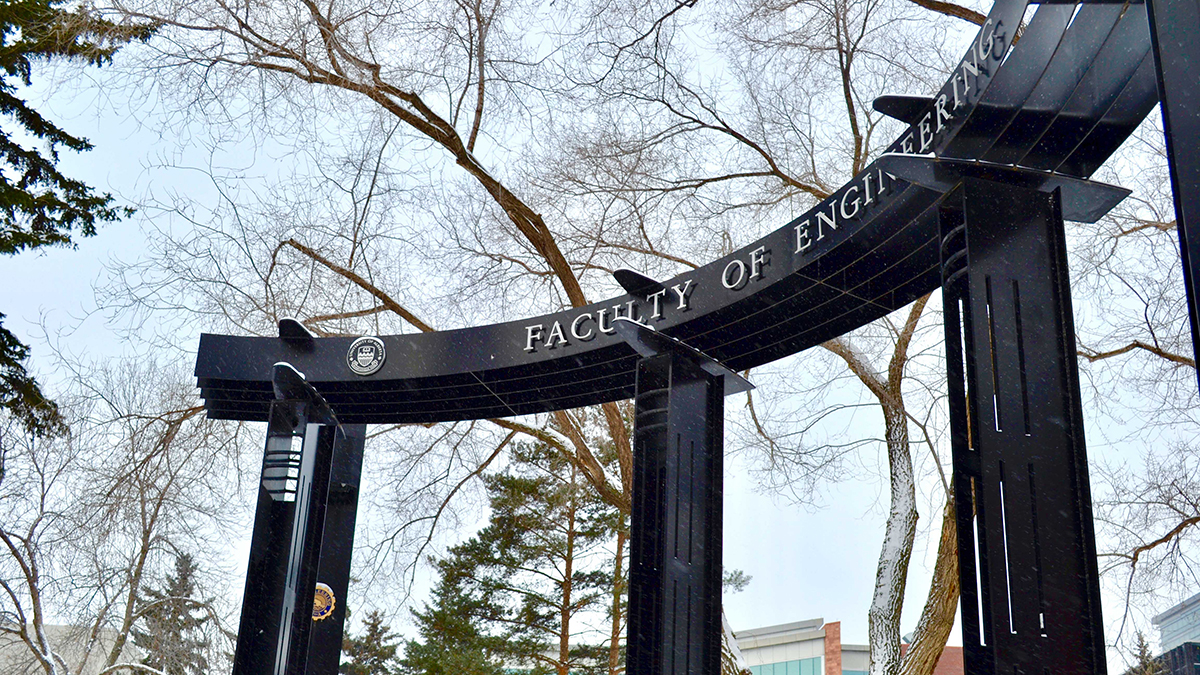$20 engineering faculty association fee will go to referendum
 Willow Austin
Willow AustinEngineering students at the University of Alberta can expect a referendum on their faculty association membership fee (FAMF) in March.
Currently, engineering students pay $7 to the Engineering Students’ Society (ESS) per semester, but ESS is proposing to increase it to $20. The referendum would take place in March during the Students’ Union election, when engineering students will be able to vote on whether they want their FAMF increased or not.
Students’ Council approved ESS’s proposal on December 5, allowing the referendum to take place. If the referendum passes in March, the increase to $20 per semester would take effect Fall 2018.
Nearly 4,400 engineering students would be affected by the raise. Only full-time on-campus engineering students would pay this proposed FAMF, and would have an option to opt out. Part-time and off-campus students would pay no fee.
If approved by students in March, the ESS’s nearly tripled budget would be used to support services, events, and help fund engineering groups within the clup. Committees within the ESS allocate money for student events or groups that apply to the association.
“This is about empowering engineering student groups,” said ESS president Josh Goselwitz. “These increases are for the student groups, not necessarily for the ESS itself.”
The biggest allocation of the proposed $20 FAMF would be a $4.75 per semester contribution to the Engineering Students Project Fund, which would add up to $41,800 per year. The fund would support 10 student vehicle and technical projects, including EcoCar and AlbertaSat. Under the current $7 FAMF, no money is allocated to the project fund and most of the funding for these groups comes from the university — not students.
“This creates less competition for funding,” Goselwitz said. “We hate it when we have to deny funding for any individual or group just because we ran out.”
Robyn Paches, Students’ Union vice-president (operations & finance), was critical of the fee increase at first, citing problems with the ESS finances in the past. After further consultation with the president of ESS and their vice-president (operations & finance), he said his concerns were addressed.
“The information showed to me made me confident in their ability to track their finances,” Paches said. “I was worried about their (ESS) ability to take in funds, manage, and coordinate (them). They have indicated they would be open to bringing on a new financial director to help with that.”
Students’ Union president Marina Banister remained hesitant about the significant jump in funding, but agreed engineering students should make the choice for themselves.
“ESS has provided sufficient explanation about how they will use these funds,” Banister said. “I believe it is up to engineering students to decide if they would like to vote for an increased fee or not.”




